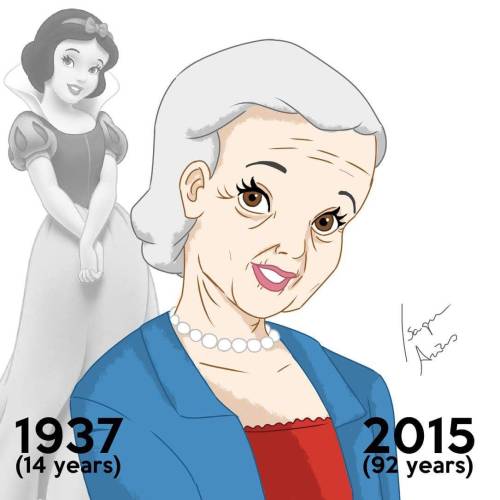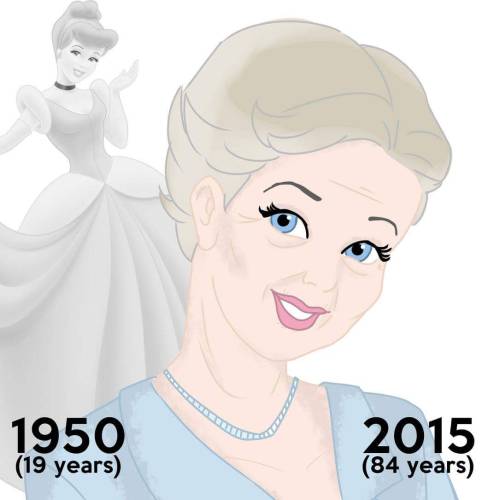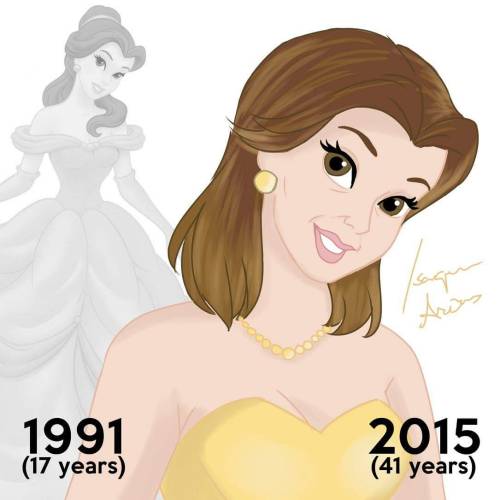Why I’m Team Cap (and It Really Couldn’t Be Any Other Way)
Why I’m Team Cap (and It Really Couldn’t Be Any Other Way)
#TeamCap and the big problem with the superhero genre #Arrow #Daredevil #CivilWar #MCU #DC
I recently started watching Arrow on Netflix; everyone on Tumblr seems to think “Olicity” is the greatest OTP since The One True Way or at least Destiel (neither Destiel nor Olicity reaching the heights of OTW obvi) and I wanted to understand (this is also how I ended up watching 9.5 seasons of Supernatural, but that is a story for another time). I also recently, like everyone else with a Netflix…
View On WordPress
More Posts from Feralpaules and Others
Review of The Dresden Files: Peace Talks (spoilers ahead)
This review is gonna be slightly different than my normal reviews as I am the only Paules Sibling of Awesome who reads The Dresden Files, so I have not talked through my thoughts with B beforehand. I also don’t see the necessity of providing a rating for a book that is the sixteenth in a series (not counting the short story collections) - clearly I enjoy the books. Spoilers ahead!
So, the peace talks in question went about as disastrously as expected knowing Harry Dresden was involved, but obviously I didn’t expect that. Years ago, Jim Butcher promised us an apocalyptic trilogy to end the series (titled Stars and Stones, Hell’s Bells, and Empty Night, in case you missed it), but I never figured we’d actually get to a point where that ending seems in sight.
My big fear going into this was that Karrin Murphy would not survive. I was pleased to see that a) she did and b) she was as badass as ever, despite her injuries from Skin Game. Of course, who knows what will happen in Battle Ground, but really my only hope is that Murphy makes it to the end of the series. Just Murphy and Harry at the end of things, just as they were at the beginning.
Continue Reading on WordPress
How I turned an idea into an outline
With NaNoWriMo around the corner, I thought I might show you how I plotted my novel.
This is the story structure I used:
0% inciting incident
0%-20% introduction in the world, ends with a point of no return
20% first plot point: the hero receives his marching orders
20%-50% response to the first plot point
35% first pinch point: reminder of the nature of the antagonistic force
50% midpoint: big fat plot twist that changes the hero’s AND reader’s experience
50%-80% attack: the stakes are higher now
65% second pinch point: again reminding the reader of the antagonistic forces at hand
80% second plot point: the final injection of new information into the story to give the hero everything she needs to become the primary catalyst in the story’s conclusion (no new information past this point)
80%-100% resolution + final conflict + return home

I didn’t make this up. I think it’s by Larry Brooks, if The Internet informs me correctly. Fun Fact: once you pay attention to it, you’ll see this structure everywhere. Just take a look at any Harry Potter book, for example.
These points are the “bones” of my story. Next, I decided what “flesh” to put on them.
I simply made a list of things I like to read about:
Books about books and libraries
Magic
Quirky characters
Intelligent, fast-paced and sometimes silly
So, I combined this list and the structure points into a story that makes sense. Because I don’t want to spoil my plot / I am still to shy about my wip, I will make up a new plot for this post, so I can show you.
0%: The hero does something magical without knowing how she did it. She discards it, because everybody knows it can’t have been real.
0%-20%: We see the daily life of the hero: she is unhappy because all she wants to do is read, but she is not allowed to. She reads in the dead of night and is punished for it by her evil stepcousin. She finds a book on magic.
20% It all clicks together: she can do magic!
20%-50% The daily life for the hero changes. Instead of reading all night, she practices magic. She now loves books even more. She has little victories over her evil stepcousin, but hasn’t won yet.
35% The evil stepcousin finds out that she can do magic and takes away the magic book.
50% She discovers she can do magic without the book.
50%-80% The hero is not the only one who is bullied by the evil stepcousin. Her younger cousin is a victim as well, and he doesn’t have magic to defend himself. The stakes are raised, this is bigger than herself now. The younger cousin also wants to read, so they have several bonding moments over reading.
65% The evil stepcousin hurts the younger cousin, he’s in a coma now.
80% The hero discovers the evil stepcousin could do all these evil things because he knows magic too.
80%-100% The hero confronts the evil stepcousin, fights him off, nearly loses but wins in the end. He gives up and releases his power over the younger cousin who wakes up from the coma.
It’s not the most genius plot ever, but I literally made this up in minutes. So can you! And imagine the genius plot you can come up with if you spend more than a few minutes on it.
Then I calculated how many scenes I need in which part of the story. My wip is a YA or 12+ book, so I want it to contain about 75,000 words in total. I want my scenes to be around 1,000 words long to keep it snappy, so I need 75 scenes.
Scene number 1 (0%) is the inciting incident, scene number 15 (20%) is the first plot point, scene number 26 (35%) is the first pinch point, scene number 37 (50%) is the midpoint, scene number 49 (65%) is the second pinch point, scene number 60 (80%) is the second plot point and scene 75 (100%) is the last scene.
Some sidenotes on the 1,000-word scenes:
That’s more of a vague rule of thumb than a strict rule. If your scene needs to be longer or shorter, make it longer or shorter of course. My wip has some 2,300-word scenes as well.
Having 1,000-word scenes does not mean I have 1,000-word chapters, that would be really short. I will divide my novel into chapters after I’m finished writing my first draft.
For NaNoWriMo, maybe you could write scenes of 1,667 words, so you do one scene per day. A 50,000-word novel has 30 scenes of 1,667 words. Inciting incident is at scene 1, first plot point at scene 6, first pinch point at scene 11, midpoint at scene 15, second pinch point at scene 20, second plot point at scene 24 and scene 30 is your last scene. That’s just an idea, you got to see what works for you.
Then I made up in one sentence what will happen in every scene. For example: “They meet the dragon and he sends them on a sidequest.” Now my outline consists of 75 one-sentence scenes. This way, I prevent the problem of the sagging middle and other pacing problems and I still get to surprise myself when writing.
From those one-sentence scenes, I flesh out every scene into a first draft, using the process I described in my post How I never have to face an empty page when I write.
And that’s my first draft! I hope everything is clear. Feel free to ask me questions if it isn’t.
I’m gonna tag a few people I admire, who I hope are interested. If you aren’t, feel free to ignore me, or message me to take you off my tag list. If you would like to be added to my writing advice tag list, let me know.
Keep reading
Writing from Scratch # 11: Compound Plots, Part 1
Compound Plots, Part 1: Episodes
Like complex plots, compound plots have two or more plots put together, but unlike complex plots, in compound plots, the plots can be split apart and still work as a Complete Thought.
The first way to compound plots that we’ll go over is via episodes. So, we first we need to straighten out some terminology. There is a current trend in storytelling that could be called anti-episodic (there are pockets where this is not as much the case, like crime and mystery books and television); instead what’s really popular is “serialized” storytelling. What people generally mean when they talk about episodic versus serialized storytelling is that an episodic style has a different unconnected, self-contained plot every episode or book and that a serialized style has every episode or book contributing to one very large season or series spanning plot. As with most any binary, what we’re actually looking at is a spectrum – Harry Potter has a self-contained plot with every novel, but overall, every novel contributes to the plot of Voldemort’s resurrection and final death.
Supernatural is a really interesting case study because it lasted so long and it started before the anti-episodic trend took hold. So, you can see the early seasons, especially the first season, very firmly on the episodic side of the spectrum with its monster of the week format and it slowly became more and more serialized to the point where an unrelated monster of the week was anomalous and generally warranted some kind of in episode commentary by a character.
When I talk about episodic compound plots, I’m kind of talking about this idea, but it’s squares and rectangles. Or maybe squares and quadrilaterals. What I’m talking about is that one plot-problem will be solved, and then another plot-problem will arise. What the episodic-serialized debate is talking about is the causal relationship between those plot-problems. There are some serialized series that do not have episodic compound plots, but most of them do.
Continue Reading on WordPress
Writing from Scratch #7: The Event Plot
The Event Plot
The problem of an Event plot is a disruption to the status quo. The solution comes either from setting everything right again or adapting to the change. The Event plot is probably what most people think of when they think “what is a plot?” Any story that deals with a life-changing or world-changing event is an Event.
The first plot I analyzed, from The Expanse television series, is an Event plot. Let’s look at another: The Princess Diaries. As we did with Lord of the Rings, we’ll look at the movie rather than books because more people will be familiar with the movie (which is a damn shame).
The Event: Mia Thermopolis’s grandmother tells Mia that she is the princess of small European kingdom Genovia, and she must take the throne.
Read More on WordPress








Disney Princesses at their Current Ages
Accepting help is brave - Hotlines/crisis lines

Writing from Scratch #4
The Milieu Plot
The problem of the milieu plot involves a problem of location or setting. The character is often either in a place they need/want to escape from or not in the specific place they need/want to be in. The try-fail cycles will involve traveling away from or to the location. Gulliver’s Travels, The Great Escape, and The Hobbit contain milieu plots.
The Lord of the Rings contains one very large milieu – the problem of getting the One Ring from the Shire where its been hidden for a number of years to Mordor where it can finally be destroyed. We can further break this down into smaller milieu plots. Let’s look at one: the problem of crossing the Misty Mountains. (And we’ll use the events as they occur in the movie, since more people have watched that than read the book)
Read More on WordPress
Writing from Scratch #1
Welcome to Writing from Scratch!
I’ve been writing a long time, and sometimes it feels like I lose the trees for the forest. Writing from Scratch is a chance for me (and you!) to get back to the basics of storytelling.
If you’ve never written a story before, if you’ve never felt like you could come up with one that would be worth writing, my hope is that if you follow along with me here, you will have the confidence and know-how to come up with an idea, build it into a story, and share it with the world.
These posts will be little, easy-to-digest nuggets. At the end of every post, look for a prompt and share your response in the comments!
What Is a Story?
A story can be defined by what it contains: at least one plot, character, and setting, and a style through which it is told.
Story Bits
To begin, let’s take a look at the second smallest unit of a story – the sentence. A sentence is a set of words that conveys a complete thought. And communication is fractal, meaning each part shares the same pattern as the whole. A story and its components, therefore, will also convey a Complete Thought.
Continue Reading on WordPress
-
 mickeygnome reblogged this · 9 years ago
mickeygnome reblogged this · 9 years ago -
 mickeygnome liked this · 9 years ago
mickeygnome liked this · 9 years ago -
 dangerhumming reblogged this · 9 years ago
dangerhumming reblogged this · 9 years ago -
 llaauurraa11 liked this · 9 years ago
llaauurraa11 liked this · 9 years ago -
 theferalcollection reblogged this · 9 years ago
theferalcollection reblogged this · 9 years ago -
 feralpaules reblogged this · 9 years ago
feralpaules reblogged this · 9 years ago
check out my main blog www.theferalcollection.wordpress.com and find fandoms and funstuff on www.theferalcollection.tumblr.com
103 posts